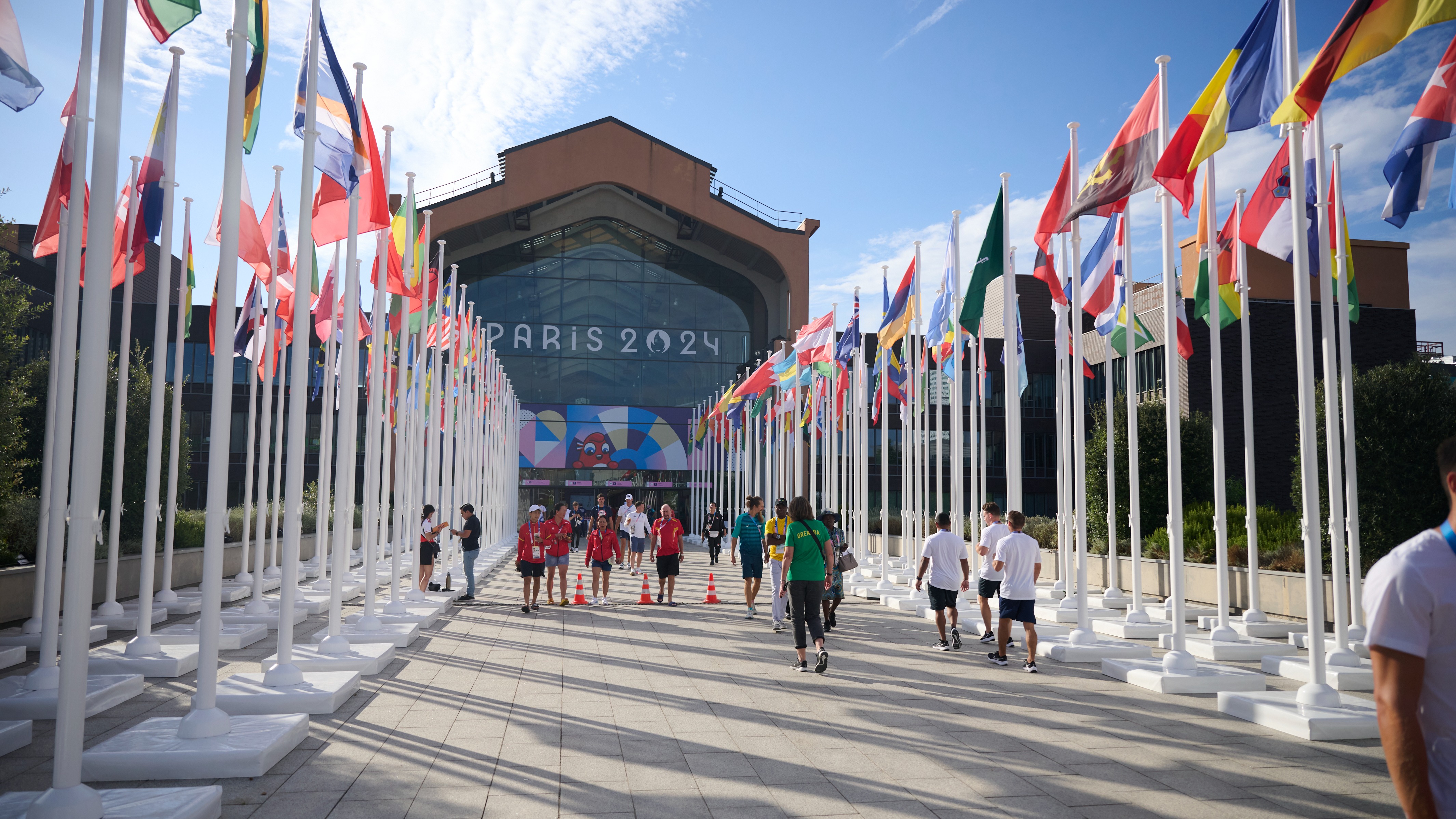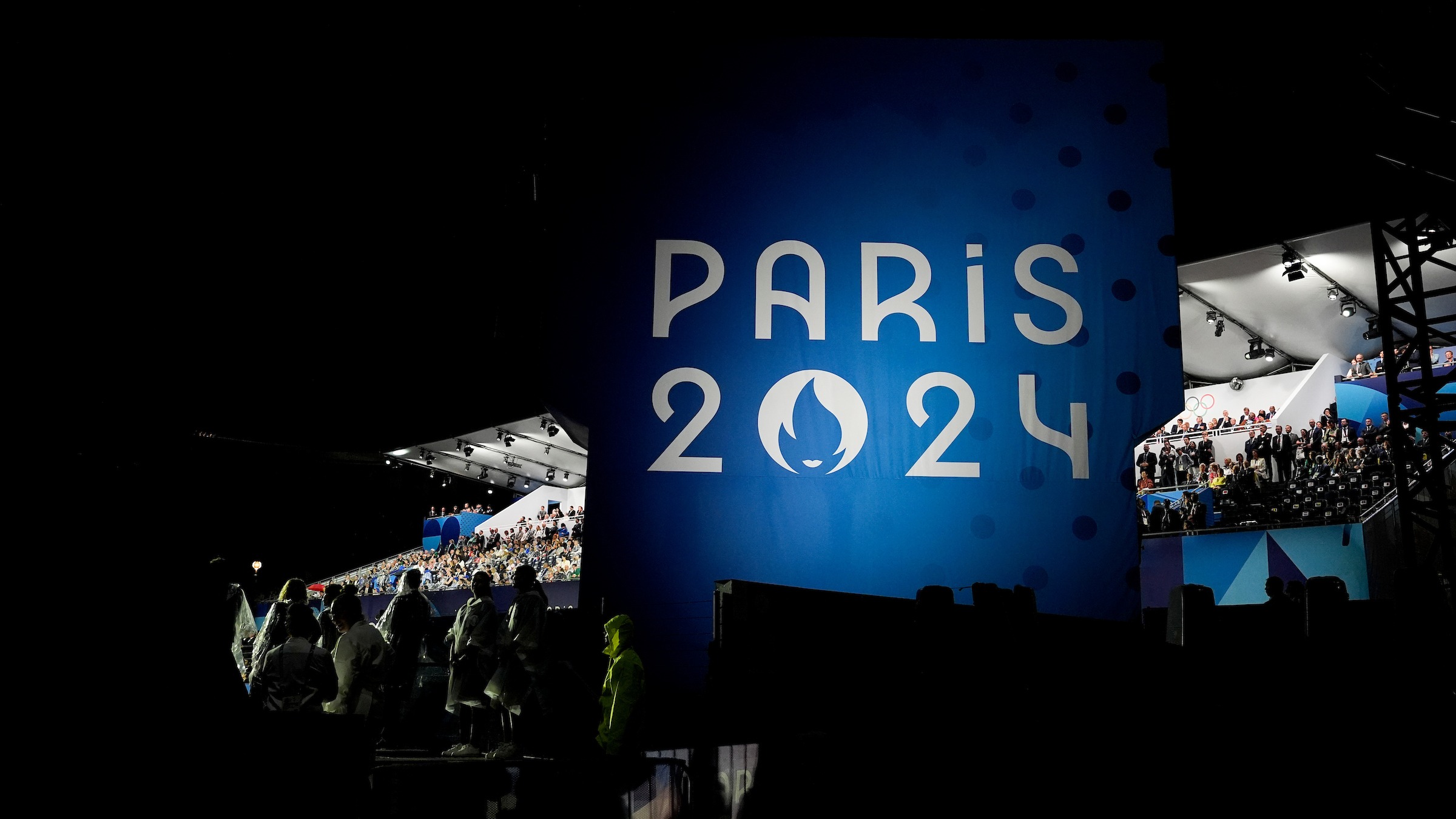Expert review: Legacy and sustainability in Paris
Paris 2024 in the books! As an expert in legacy and sustainability management, Prof. Dr. Holger Preuß is supporting the organising committee of the Rhine-Ruhr 2025 FISU World University Games. He was on site during the Olympic and Paralympic Games in Paris and gathered valuable impressions. In a short follow-up report, he evaluates and summarises the legacy and (environmental) sustainability highlights of Paris 2024 and provides an outlook for Rhine-Ruhr 2025.
The Olympic and Paralympic Games are over. I would describe them as a great success in terms of legacy and sustainability. Paris 2024 was the tenth Olympic Games I have attended and, as a member of the IOC Legacy and Sustainability Commission, I can also confirm this success.
A particularly sustainable approach was to minimise the construction of new sports facilities and instead to renovate and, where necessary, temporarily expand existing infrastructure. Temporary facilities were strategically located near Parisian landmarks, which not only provided an eye-catching backdrop for visitors and a global television audience, but also reduced land consumption and soil sealing. But when something was built, it had a 'legacy'.
Paris has relied on existing structures
While Rio de Janeiro and Tokyo had nine new sports facilities and a village by 2016 and 2020 respectively, Paris has only built the village and the Aquatic Centre in Seine-Saint-Denis, the département with the lowest number of swimming pools per inhabitant. The centre will be open to families from June 2025. It is the centrepiece of an ambitious urban redevelopment project to create an attractive and accessible neighbourhood in a 1.5-hectare park. Built according to strict sustainability criteria, the centre embodies the Parisian concept of 'doing more with less'. A compact, efficient and intelligent design has significantly reduced the carbon footprint and construction costs. Low carbon construction techniques, such as the use of timber framing, low carbon concrete and recycled materials, further contributed to the reduction of CO2 emissions per square metre.
The second largest source of CO2 emissions was mobility, particularly the travel of international visitors and media. Paris 2024 took targeted measures to promote clean (electric) mobility, with 37% fewer vehicles in use than at previous Games - all electric/H2/hybrid. Spectators were encouraged to use public transport, hire bicycles and walk, as major roads were closed to traffic. However, the challenge of overseas visitors remains a challenging issue that can only be addressed through compensation.
Paris 2024 impressed on many levels with its systemic approach to LCA. This ranged from the consistent application of circular economy principles in catering to resource efficiency in the design of the 'Look of the Games'. In the catering area, many measures were taken to reduce the carbon footprint, including the introduction of small portions and the avoidance of red meat, which has a high greenhouse gas footprint. Packaging was almost exclusively made from recyclable and compostable materials such as paper and cardboard. Beverages were predominantly offered in returnable glass bottles or plastic bottles with a deposit, and reusable cups with a deposit were used. Single-use plastic was reduced by 50% compared to previous games. It was also reduced by the provision of numerous public water points, as bottles were accepted at all venues and in the city.
Signposting was also designed to conserve resources: Signs were smaller than at previous Games, or stickers were placed on steps and other surfaces. Paper signs were stuck to walls with wallpaper paste to reduce the amount of material needed, while the eye-catching pink design ensured good visibility.
Holistic approach to sustainability at Rhine-Ruhr 2025
Paris 2024 demonstrated an impressive awareness of environmental responsibility at every stage of the event. The Rhine-Ruhr 2025 FISU World University Games are also taking a holistic approach to sustainability, with a particular focus on the green transformation processes of the Rhine-Ruhr metropolitan region, which Rhine-Ruhr 2025 aims to accelerate next year as one of the world's largest sporting events.
Photos: © IOC Media

